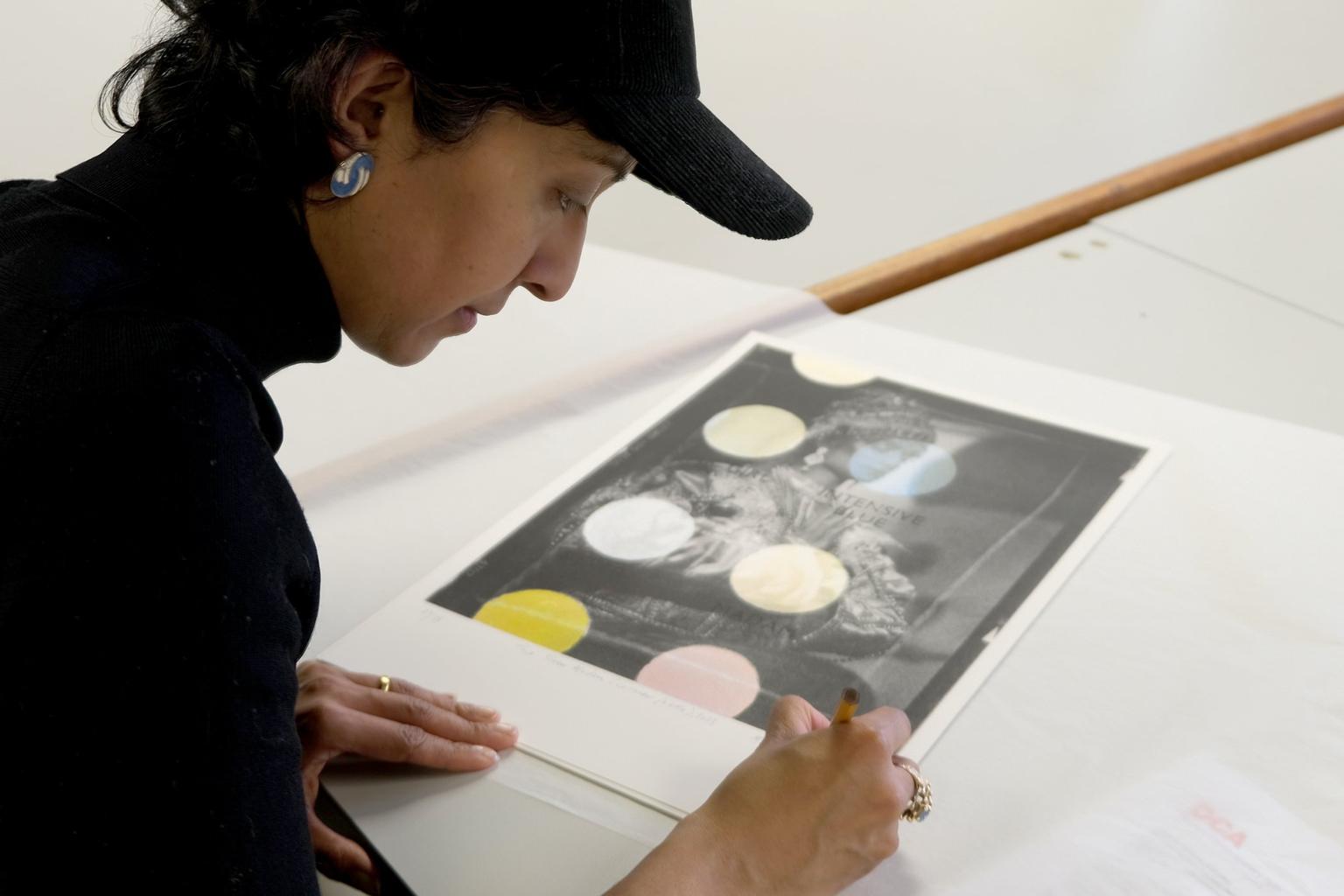Why museums matter: The creative industries’ untapped resource

As the government finalises the Comprehensive Spending Review, we argue that museums should be recognised not only as guardians of the past, but as vital long-term collaborators in innovation, skills development and industrial strategy.
Download the summary of the first phase of our report.
The government has made it clear that economic growth is a major priority in its upcoming Spending Review, Industrial Strategy and Creative Industries Growth Plan, with the creative industries identified as one of the eight growth-driving sectors.
Museums and galleries know instinctively that they are a part of the creative industries and provide inspiration, education, collections, locations and more to the people, organisations and projects in fast-growing sectors such as high-end TV, film, design, fashion and publishing.
Yet despite these contributions, museums and galleries remain underrepresented in economic policy and are often absent from creative industry strategies.
The contribution of museums
The Association of Independent Museums (AIM), the National Museum Directors’ Council (NMDC) and Art Fund commissioned a report delivered by City Global Futures on the role of museums in the creative industries.
The research highlights four cross-cutting themes which illustrate the range of museums’ contributions:
Innovation, R&D, and Digital Production
Skills and Talent Development
Placemaking and Reimagining
Creative and Regenerative Ecosystems
To unlock their full potential, museums must be recognised as long-term collaborators in innovation, skills development and industrial strategy. As Thanos Kokkiniotis, CEO of Smartify, put it in his interview for the report: “Museums are the connective tissue of the creative economy.”
Our key advocacy messages
To support case-making, the report outlines three key advocacy messages:
Museums play a major role in the creative industries through innovation, skills, placemaking, creative ecosystems and global pull: we can describe and evidence their contributions and impact although we can’t yet quantify it economically.
Museums should be represented and included in national economic and creative policy discussions and part of long-term national and local partnerships around the creative industries.
Museums have significant potential in the innovation economy but require investment in digital infrastructure and capacity.
Next steps
The phase one report delivers an advocacy narrative as the basis for a potential further piece of work developing an economic methodology quantifying the contributions of museums, helping make the case for the return on investment from museums within the UK’s globally leading creative industries.
Museums are natural storytellers, and we could be bolder and more consistent as a sector in making statements about our impact, using the four cross-cutting themes identified as hooks into the creative industries' growth narrative.
Read our one-page summary of the first phase of the report and get in touch with Lucy Bird, Policy and Research Lead, if you would like to be sent the full report or discuss the findings and future phases of work.